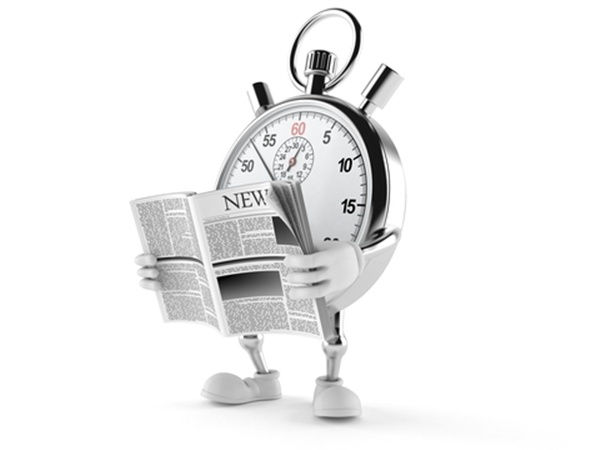Unlocking the Mystery of Reader Reading Speed: How Fast Are You?
- Dale Thele

- Oct 15
- 3 min read

Fellow bookworms and casual readers alike, have you ever found yourself wondering just how fast you read? Maybe you’ve been curious about whether you’re a speedy reader or if you take your time, savoring every word on the page. Well, today we’re diving into the world of reading speed—what it is, why it matters, and how you can figure out where you stand. So grab your favorite beverage, find a comfy spot, and let’s get started.
What Is Reading Speed?
Reading speed is pretty much what it sounds like: it’s the rate at which you read text. It’s typically measured in words per minute (WPM). On average, most adults read somewhere between 200 and 300 words per minute when they’re reading for comprehension. However, this number can vary widely based on several factors, including the type of material, the complexity of the text, and individual reading habits.
Why Does Reading Speed Matter?
You might be wondering why you should even bother with your reading speed. Well, knowing how fast you read can help improve your learning efficiency and make your reading experience more enjoyable. If you’re a student or a professional who needs to process large volumes of information quickly, increasing your reading speed can save you precious time. Additionally, understanding your reading speed can help tailor your reading habits to fit your lifestyle. For instance, if you’re preparing for an exam or trying to meet a deadline at work, knowing that you read at a slower pace might prompt you to set aside extra time for those crucial readings.
How to Measure Your Reading Speed
Now that we’ve established why knowing your reading speed is important, let’s talk about how to measure it. Here’s a simple method:
1. Choose your text:
Pick a passage that interests you—this could be from a book, an article, or even a blog post.
2. Set a Timer:
Grab a stopwatch or use your phone timer.
3. Read:
Start reading the passage at your normal pace.
4. Count the Words:
Once you’ve finished, count the total number of words in the passage.
5. Calculate Your Speed:
Divide the total number of words by the number of minutes it took you to read the text. And voilà! You’ve got your words per minute!
Tips to Improve Your Reading Speed
If you’re looking to boost that WPM (and who isn’t?), here are some handy tips:
1. Practice Regularly:
Like any skill, practice makes perfect! Set aside some time each day for focused reading.
2. Minimize Subvocalization:
This is when you “say” words in your head as you read them. Try to reduce this habit; instead, focus on visualizing concepts.
3. Use a Pointer:
Running your finger along the lines as you read can help maintain focus and improve speed.
4. Set Goals:
Challenge yourself with specific goals—like increasing your speed by 25 WPM over a month.
Conclusion
So there you have it! Understanding reader reading speed opens up new avenues for improving not only how quickly we consume information, but also how effectively we do so. Whether you’re looking to breeze through novels or tackle academic texts with ease, becoming aware of your reading habits is key. Are you ready to find out how fast you can go? Grab that passage and get measuring! And while you’re at it—share your results in the comments below. Let’s cheer each other on as we all strive to become faster and more efficient readers together.
Happy reading!
I’d appreciate hearing your comments. Please leave them in the Comment Box at the bottom of the page.
Bestselling Fiction Author
Stories with an LGBTQ+ Twist
corrupting readers since 2008
Don’t miss another blog post! Get new blog post notifications and new book/story releases sent directly to your email. Click here to subscribe.




Comments